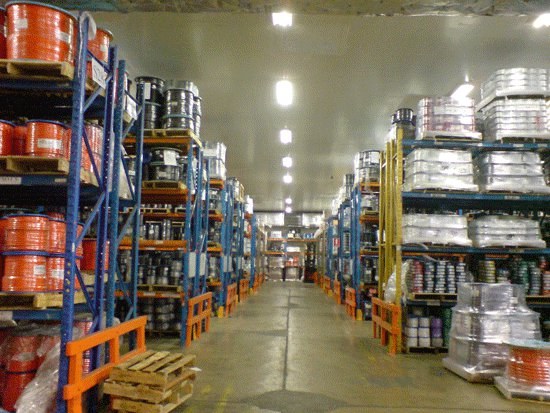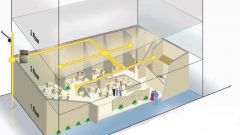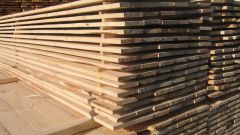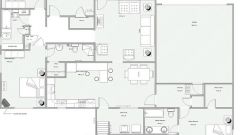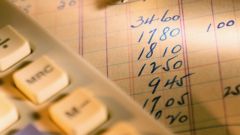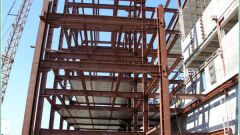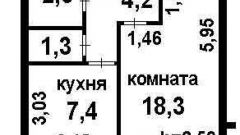You will need
- the volume of sales in money equivalent;
- - the turnover;
- - the number of tiers in the warehouse.
Instruction
1
Determine the turnover of the future warehouse. To do this, the volume of sales in monetary terms, calculated on the basis of the purchase price, divide by the turnover. As a rule, the turnover is determined in a practical way: the average number of goods exported to a warehouse for a certain period, divided into its volume. Period pick, based on the details of your logistics Department. It may be a month, six months or a year depending on intensity of movement of goods in the warehouse.
2
Determine the average inventory which will be stored in the warehouse. For the remaining goods on stock divide by the cost per square meter. The resulting figure is the stock. Then determine the average inventory over the past year: the stock multiply by a factor of 1.2-1.4 (the ratio depends on the intensity of the movement of goods, the more the turnover, the higher the ratio).
3
Determine the total area of the zone (OBS.XP), where you will store the products. Necessary for calculation the following initial data:
TSSR - average inventory;
KN.z - the coefficient of uneven loading of the warehouse (for all accepted 1,2);
Crazv - coefficient of development (equal to 2);
Ki.on the utilization of the volume (taken within 0,35-0,45);
Ki.p - coefficient of use of the area (taken in the range of 0.65-0.75);
Cyrus - the number of tiers of storage;
Compl - ratio for the warehouse with order picking in the storage area (equal to 1.1);
Npal - pallet height (1,65-1,8 m).
According to the formula OBS.XP = TSSR * KN.z. * Crazv * Compl / (Ki.about. * Ki.p * Carus * Npal) calculate the area of storage products.
TSSR - average inventory;
KN.z - the coefficient of uneven loading of the warehouse (for all accepted 1,2);
Crazv - coefficient of development (equal to 2);
Ki.on the utilization of the volume (taken within 0,35-0,45);
Ki.p - coefficient of use of the area (taken in the range of 0.65-0.75);
Cyrus - the number of tiers of storage;
Compl - ratio for the warehouse with order picking in the storage area (equal to 1.1);
Npal - pallet height (1,65-1,8 m).
According to the formula OBS.XP = TSSR * KN.z. * Crazv * Compl / (Ki.about. * Ki.p * Carus * Npal) calculate the area of storage products.
4
Determine the area of the receiving warehouse. The area of the storage area, multiply by 12%.
5
Determine the total area of the zone where the product is shipped. The area of the storage area and multiply by 8%.
6
Calculate the area of the zones of control and order picking in the warehouse. For this area of the store, multiply by 10%.
7
Find the area of auxiliary rooms in the warehouse. Total area of auxiliary facilities is calculated by multiplying the number of warehouse workers for the norm square for each person. This norm is 4 m2.
Note
If you are unable to determine the warehouse area, you can contact the experts, but for the calculations to a third party will require a certain amount of money.
Useful advice
Calculations of storage space it is better to not over one year but over several. This will determine the rate of development, he usually has a value of 1.3.
